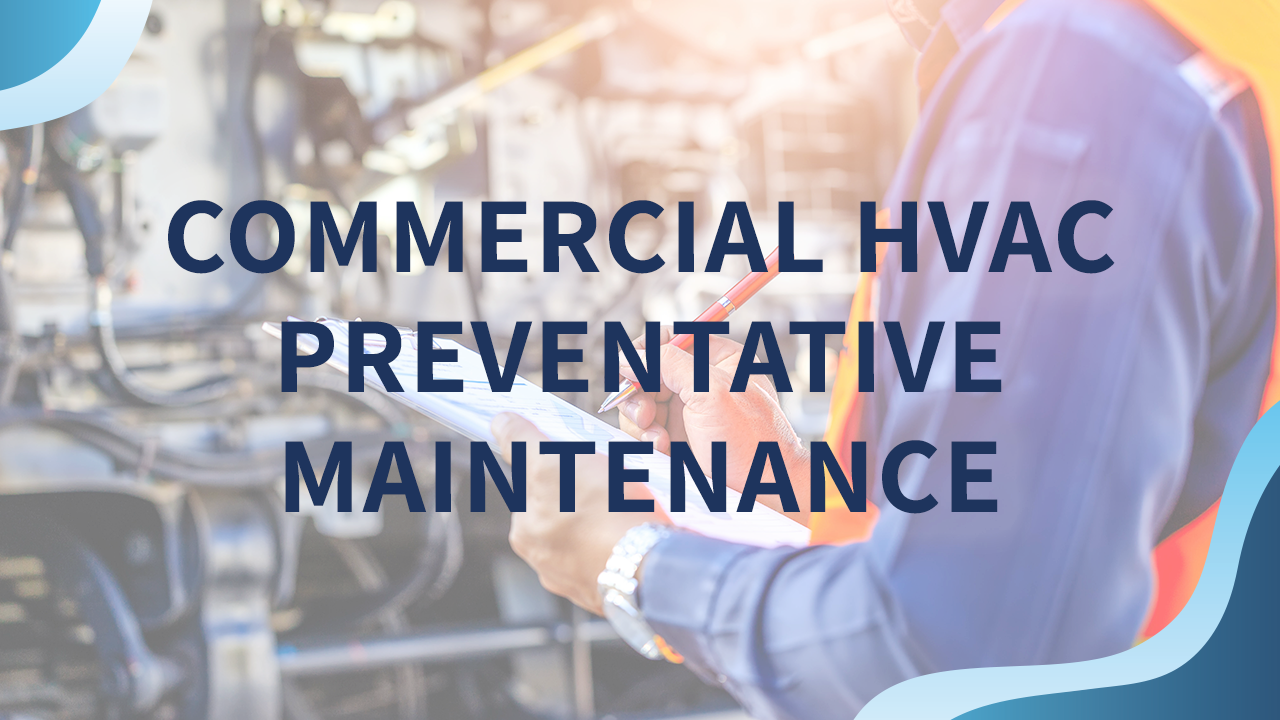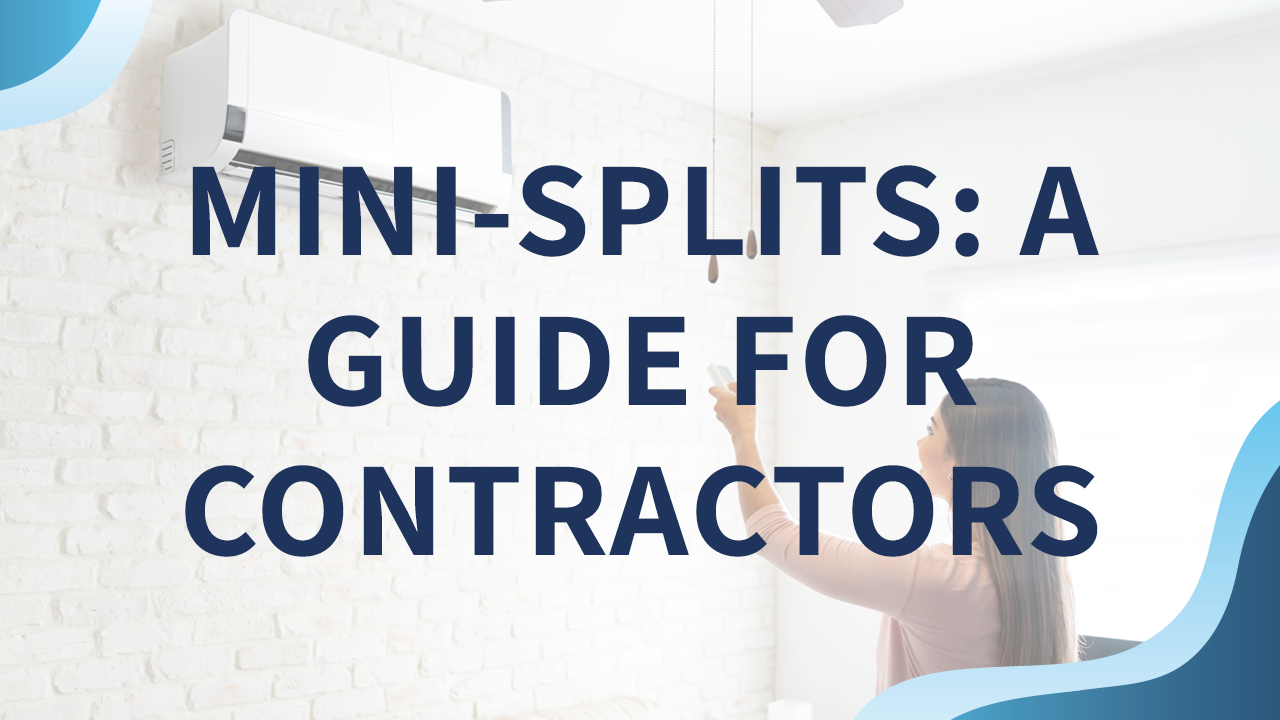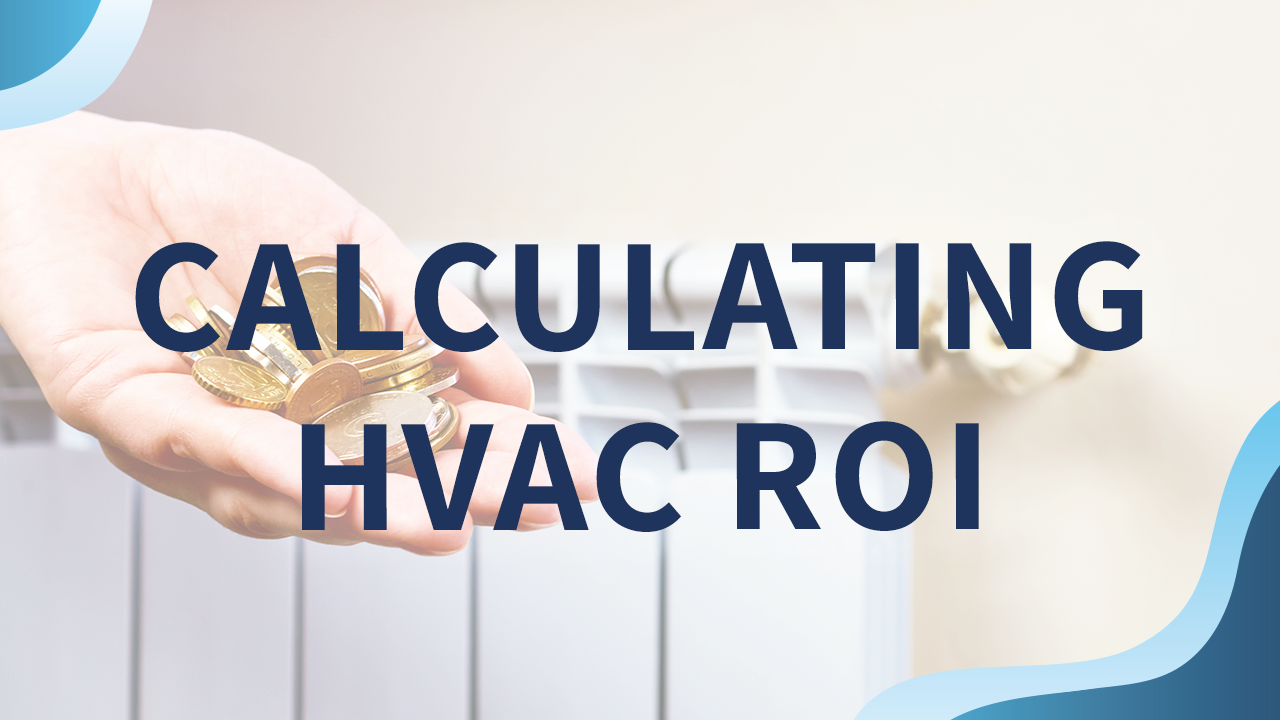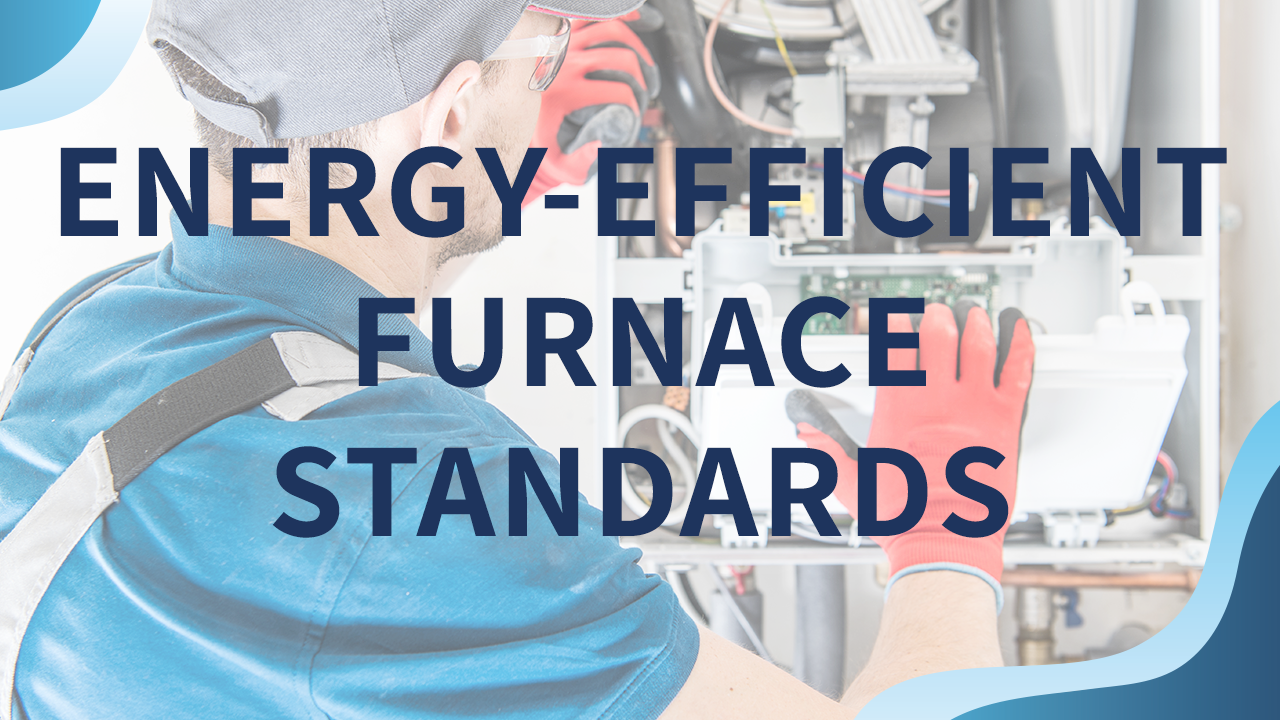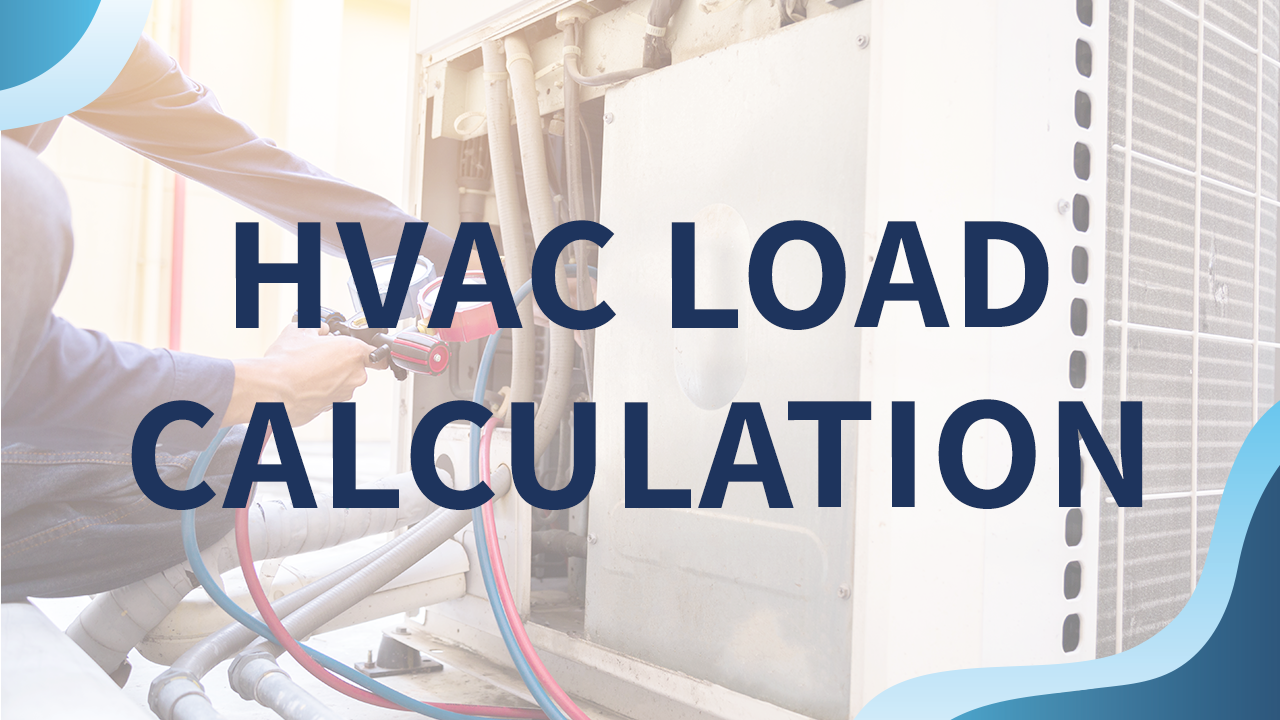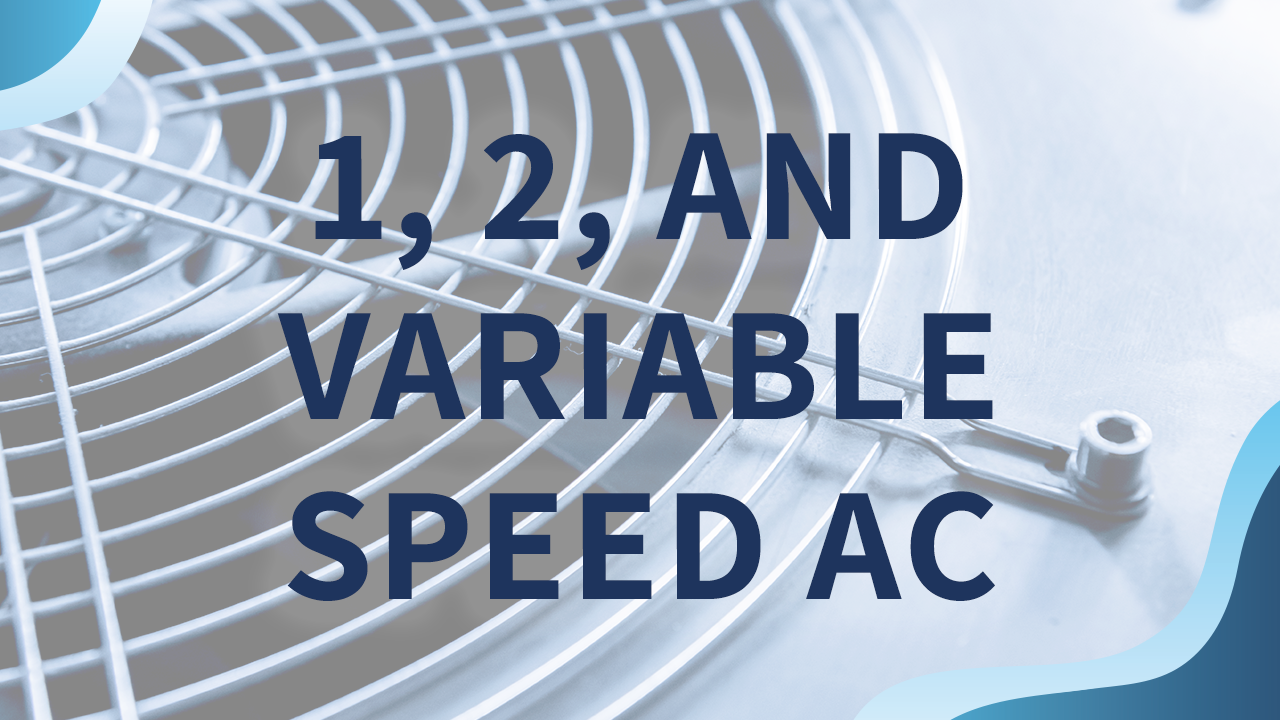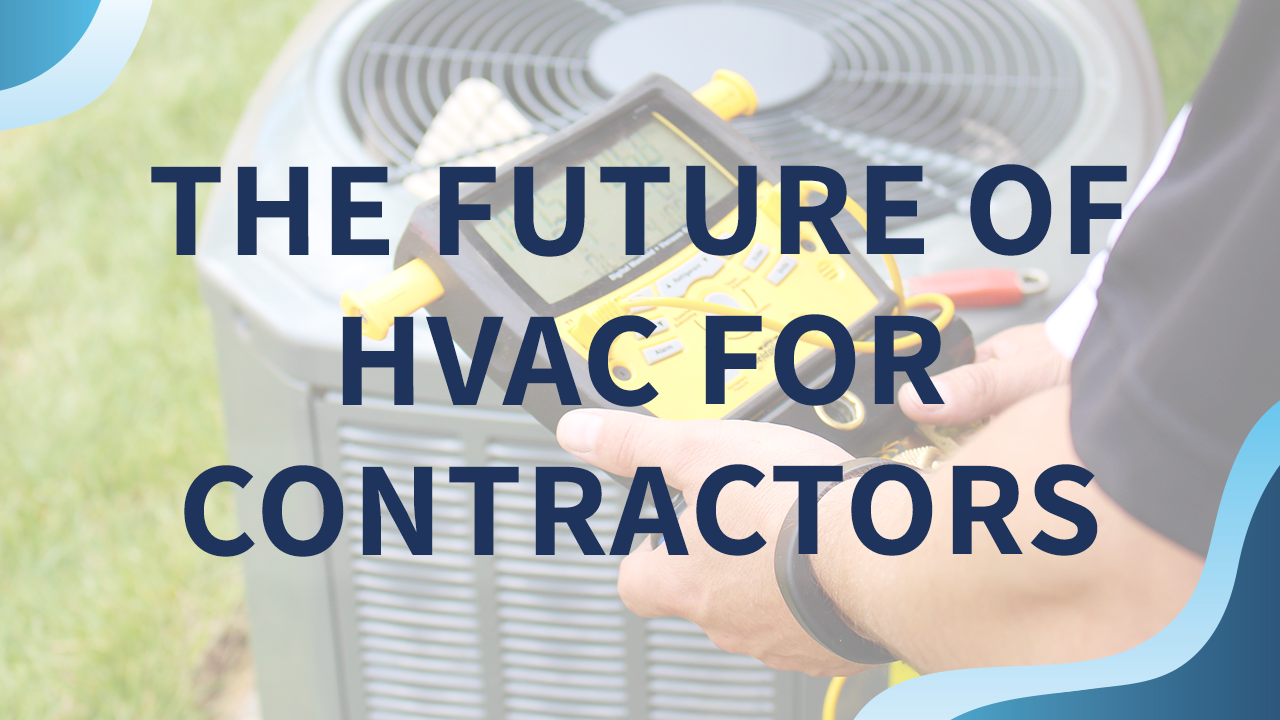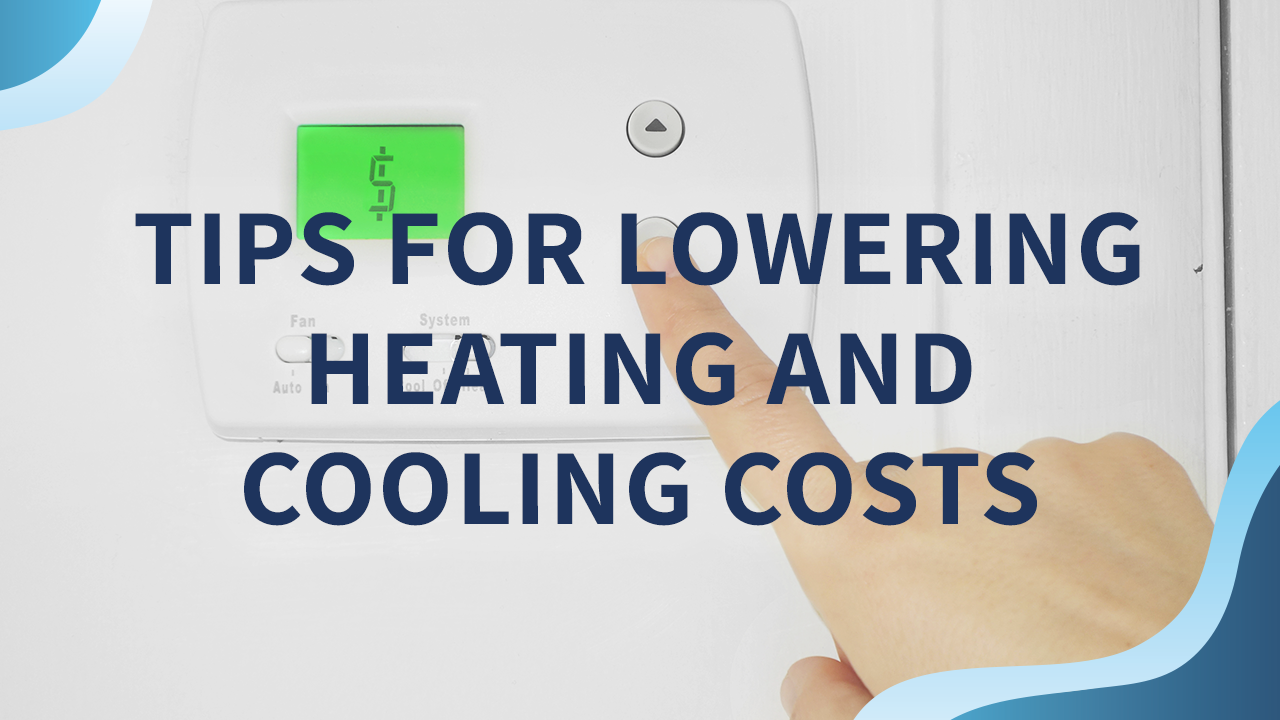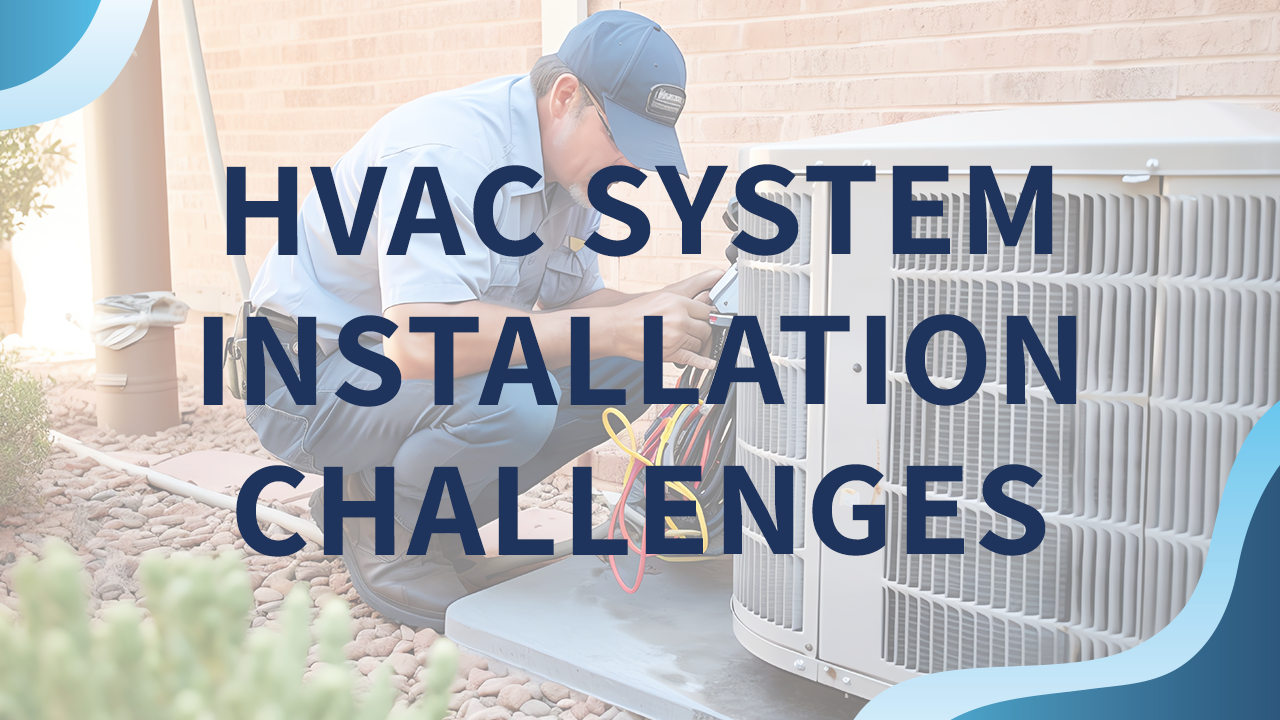In the realm of commercial spaces, the reliable operation of Heating, Ventilation, and Air Conditioning (HVAC) systems is paramount. These systems play a pivotal role in ensuring the comfort, productivity, and well-being of occupants within commercial buildings, ranging from office complexes and retail stores to manufacturing facilities and healthcare institutions. However, even the most advanced HVAC systems can falter over time if not properly maintained. This is where preventative maintenance steps in as the hero of the story.
Commercial HVAC Preventative Maintenance, often abbreviated as PM, is a proactive approach to the care and upkeep of HVAC systems in non-residential settings. It involves a series of planned, routine activities aimed at keeping HVAC systems in optimal working condition. In this article, we will delve into the essential aspects of commercial HVAC preventative maintenance, exploring its myriad benefits, detailed checklists, and the critical role it plays in the long-term efficiency and reliability of HVAC systems.


The Benefits of Preventative Maintenance
Regular maintenance is the lifeblood of any commercial HVAC system, and the advantages it brings are both immediate and long-lasting. In this section, we’ll explore the numerous benefits of implementing a preventative maintenance program for your commercial HVAC system, emphasizing why it should be an integral part of your facility management strategy.
Cost Savings: One of the most compelling reasons to invest in preventative maintenance is the potential for significant cost savings. Neglected HVAC systems are more prone to breakdowns and inefficiencies, which can lead to costly emergency repairs and downtime. Regular maintenance helps identify and address issues early, reducing the need for expensive fixes and extending the lifespan of equipment.
Energy Efficiency: Commercial HVAC systems are major consumers of energy in most facilities. When left unmaintained, they tend to become less efficient over time, resulting in higher energy bills. Preventative maintenance ensures that your system operates at peak efficiency, reducing energy consumption and lowering operational costs.
Extended Equipment Life: HVAC equipment is a substantial investment for any business. By adhering to a preventative maintenance schedule, you can prolong the lifespan of your HVAC system. This means you’ll get more years of reliable service from your equipment before having to invest in costly replacements.
Improved Indoor Air Quality: Clean and well-maintained HVAC systems play a crucial role in maintaining indoor air quality. Regular maintenance includes cleaning and changing air filters, reducing the presence of allergens, pollutants, and contaminants in the air, thereby promoting a healthier and more comfortable environment for occupants.
Consistent Comfort: Maintained HVAC systems provide consistent temperature and humidity control, ensuring that your commercial space remains comfortable year-round. This is especially important in businesses where occupant comfort directly affects productivity, such as offices, retail stores, and healthcare facilities.
Environmental Responsibility: Energy-efficient HVAC systems are not only good for your bottom line but also the environment. By reducing energy consumption, you contribute to a smaller carbon footprint and support sustainability efforts, which can be important for your company’s image and environmental compliance.
Compliance and Warranty Requirements: Many HVAC equipment warranties require regular maintenance to remain valid. Failure to adhere to manufacturer-recommended maintenance schedules may void your warranty, potentially leaving you financially responsible for repairs or replacements.
Prevention of Catastrophic Failures: Unplanned breakdowns in a commercial HVAC system can be disruptive and expensive. Preventative maintenance helps identify and address potential issues before they escalate into catastrophic failures, minimizing business interruptions and unexpected expenses.
Components of a Commercial HVAC System
To understand the importance of preventative maintenance for commercial HVAC systems, it’s crucial to familiarize ourselves with the various components that make up these complex systems. Commercial HVAC systems are intricate and consist of several crucial parts, each serving a specific role in heating, cooling, and ventilating commercial spaces. In this section, we will delve into the key components of a typical commercial HVAC system and shed light on their functions and significance in maintaining optimal system performance.
Air Handling Units (AHUs): Air handling units are the workhorses of HVAC systems. They circulate and condition air by filtering, cooling, heating, and sometimes humidifying or dehumidifying it before distributing it throughout the building. Regular maintenance of AHUs ensures efficient air processing and better indoor air quality.
Heat Exchangers: Heat exchangers transfer thermal energy between two fluids, typically air and a refrigerant. In heating mode, they warm up the air, while in cooling mode, they extract heat from the air. Keeping heat exchangers clean and free of debris is essential for efficient heat exchange.
Compressors: Compressors are the heart of air conditioning systems. They pressurize the refrigerant, allowing it to absorb and release heat. Maintaining proper refrigerant levels and lubricating compressor components is vital for reliable cooling.
Condenser Coils: Condenser coils release heat from the refrigerant into the outdoor air during the cooling process. Regular cleaning of condenser coils is necessary to maintain efficient heat dissipation.
Evaporator Coils: Evaporator coils absorb heat from indoor air, cooling it down in the process. Clean evaporator coils are essential for efficient cooling and dehumidification.
Air Filters: Air filters trap airborne particles, such as dust and allergens, to ensure clean and healthy indoor air. Regular replacement or cleaning of air filters is crucial to prevent airflow restrictions and maintain indoor air quality.
Thermostats and Control Systems: Thermostats and control systems regulate the HVAC system’s operation. Proper calibration and functioning of these components are necessary for accurate temperature control and energy efficiency.
Ductwork: Ductwork distributes conditioned air throughout the building. Inspecting and sealing ducts is essential to prevent air leaks, maintain even airflow, and maximize energy efficiency.
Ventilation Systems: Ventilation systems bring fresh outdoor air into the building while expelling stale indoor air. Regular maintenance ensures proper ventilation, which is crucial for indoor air quality and occupant health.
Refrigerant Lines: Refrigerant lines carry the refrigerant between indoor and outdoor units. Checking for leaks, insulation integrity, and maintaining the right refrigerant levels are key to efficient operation.
Electrical Components: Electrical components, including wiring, relays, and sensors, play a critical role in HVAC system operation. Inspecting and tightening connections, as well as ensuring safety measures are in place, prevents electrical issues.
Exhaust Fans: In spaces like kitchens and bathrooms, exhaust fans remove odors and moisture. Routine maintenance keeps these fans operating effectively and prevents air quality problems.
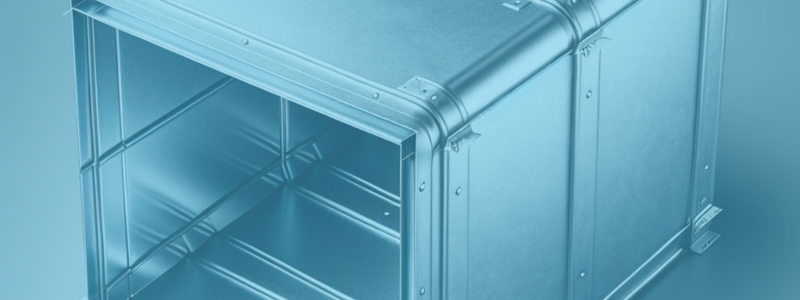

The Preventative Maintenance Checklist
Maintaining a commercial HVAC system involves a comprehensive checklist of tasks and inspections that should be carried out at regular intervals throughout the year. To ensure the smooth operation of your HVAC system, it’s essential to adhere to a preventative maintenance schedule. In this section, we’ll provide a detailed checklist of tasks and activities for each season, helping you plan and execute a proactive maintenance program tailored to the specific needs of your commercial HVAC system.
Spring Maintenance:
Inspect Air Filters: Begin the season by inspecting and replacing or cleaning air filters. Clogged filters restrict airflow and reduce efficiency.
Clean and Lubricate Components: Clean and lubricate moving parts such as fans, motors, and bearings to reduce friction and extend their lifespan.
Check Refrigerant Levels: Verify that refrigerant levels are adequate. Low refrigerant can lead to reduced cooling capacity and higher energy consumption.
Calibrate Thermostats: Ensure thermostats are accurate and calibrated to maintain precise temperature control.
Inspect Ductwork: Examine ducts for leaks and damage. Seal any leaks to prevent air loss and energy waste.
Summer Maintenance:
Clean Evaporator and Condenser Coils: Dirty coils reduce cooling efficiency. Clean both indoor and outdoor coils for optimal heat transfer.
Inspect and Clean Drain Lines: Clogged drain lines can lead to water damage and mold growth. Ensure they are clear and draining properly.
Check and Tighten Electrical Connections: Loose electrical connections can pose safety hazards and cause system malfunctions. Inspect and tighten connections as needed.
Test the Condensate Pump: If your HVAC system has a condensate pump, test it to ensure it’s working correctly and removing excess moisture.
Fall Maintenance:
Replace or Clean Air Filters: Repeat the air filter inspection and replacement/cleaning process from the spring maintenance checklist.
Clean and Lubricate Components: Revisit cleaning and lubrication of moving parts to prepare the system for the heating season.
Inspect Gas Connections (if applicable): For systems that use natural gas or propane, check for leaks and ensure gas connections are secure.
Check Ignition System: Test the ignition system for heating systems to ensure it ignites properly and efficiently.
Winter Maintenance:
Inspect Air Filters: Perform another check on air filters and replace or clean them if necessary.
Check Belts and Pulleys: Check belts for wear and tension, and inspect pulleys for alignment. Replace any damaged components.
Inspect Combustion Components (if applicable): For heating systems, inspect combustion components, including burners and heat exchangers, for efficiency and safety.
Calibrate Thermostats: Recheck thermostat calibration to ensure accurate temperature control during the heating season.
Monitor Overall System Performance: Throughout the winter, keep a close eye on the overall performance of the HVAC system, addressing any unusual sounds, odors, or inefficiencies promptly.


Importance of Scheduled Inspections
While performing routine maintenance tasks as outlined in the previous section is vital for the ongoing care of your commercial HVAC system, scheduled professional inspections hold a unique and crucial role in preventative maintenance. These inspections are typically conducted by trained HVAC technicians and serve as a comprehensive evaluation of your system’s health. In this section, we’ll explore the significance of scheduled professional inspections in ensuring the longevity and efficiency of your commercial HVAC system.
Comprehensive Assessment: Professional inspections provide a thorough evaluation of your HVAC system’s overall condition. Technicians have the expertise to identify issues that may not be apparent during routine maintenance tasks. This includes detecting early signs of wear, damage, or component degradation.
Safety Assurance: HVAC systems involve electrical and combustion components that can pose safety risks if not properly maintained. Scheduled inspections ensure that these components are in good working order, minimizing the risk of electrical fires, gas leaks, or other hazards.
Optimal Performance: HVAC technicians have the knowledge and tools to fine-tune your system for optimal performance. They can calibrate thermostats, adjust controls, and make minor adjustments that improve efficiency and comfort.
Prevention of Costly Breakdowns: By identifying and addressing potential issues during inspections, you can prevent major breakdowns that could result in costly emergency repairs and downtime. Addressing problems proactively often saves both time and money.
Warranty Compliance: Many HVAC equipment warranties require regular professional inspections to remain valid. Failing to meet these requirements could result in the voiding of your warranty, leaving you responsible for repair or replacement costs.
Efficiency and Energy Savings: An efficiently operating HVAC system consumes less energy, resulting in lower utility bills. Technicians can spot and resolve efficiency issues that might otherwise go unnoticed.
Customized Maintenance Plans: HVAC professionals can assess the specific needs of your commercial HVAC system and tailor a maintenance plan to address them. This individualized approach ensures that your system receives the care it requires for peak performance.
Documentation: Professional inspections provide documented proof of maintenance and inspections, which can be valuable for compliance, reporting, and warranty purposes. This documentation helps in tracking the history of your HVAC system’s maintenance and repairs.
Peace of Mind: Knowing that your HVAC system has been professionally inspected and is in good condition provides peace of mind. You can rest assured that your system is less likely to fail when you need it most.
Long-Term Cost Savings: While professional inspections come with a cost, they often pay for themselves through improved system efficiency, extended equipment life, and reduced repair expenses over the long term.
